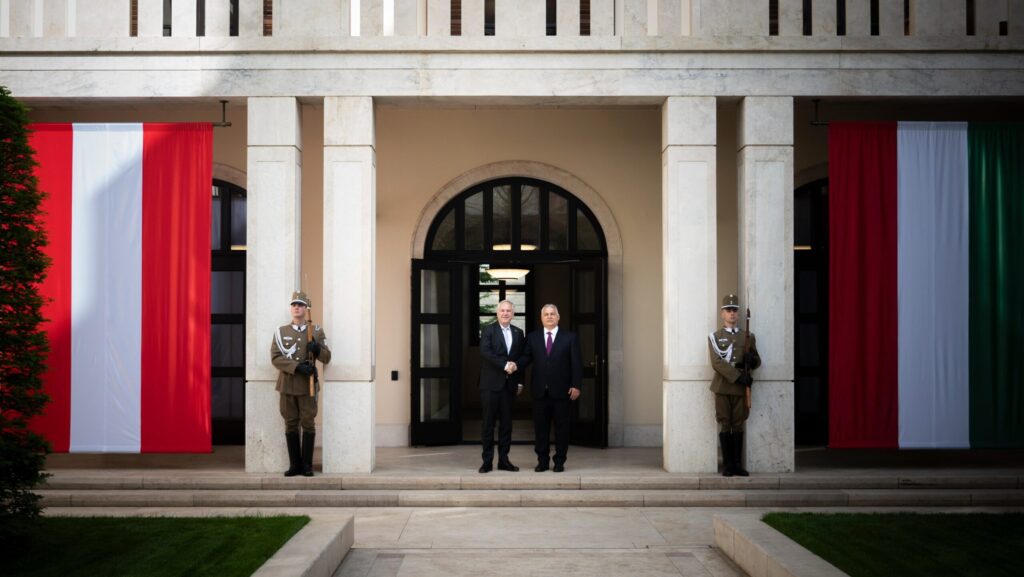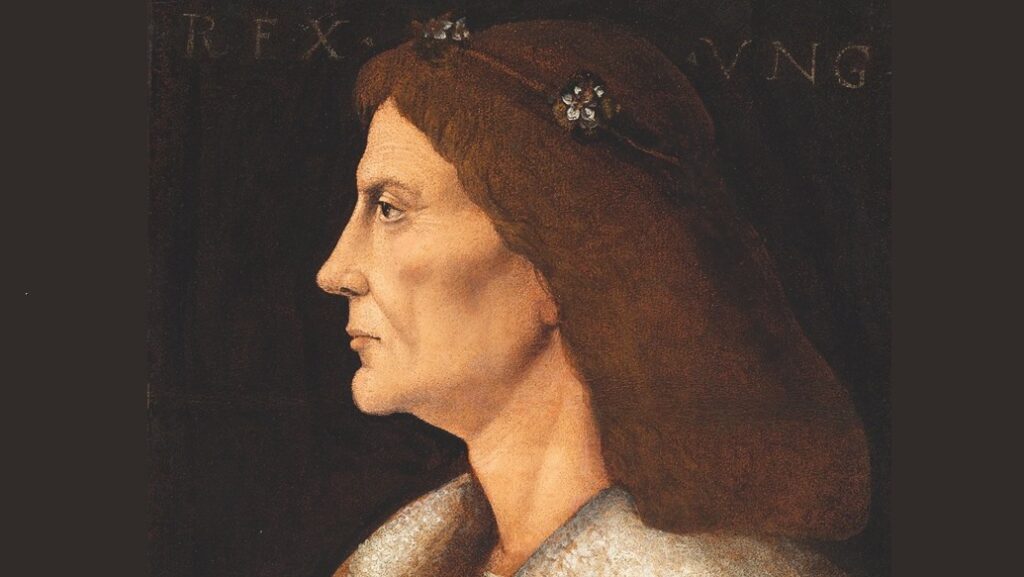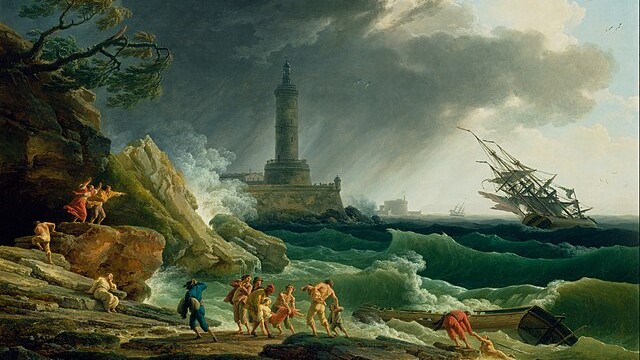Budapest still retains the charm of Central Europe today. Its buildings, its road junctions, its view of Strauss’s banks of the Danube make it one of the undisputed pearls of Eastern Europe, today according to analysts and experts a real stronghold of European identity conservatism, after having returned to the center of the geopolitical chessboard in the last decade thanks to the tug-of-war between Viktor Orbán and European supranational institutions.
Andrassy Avenue, which bears the name of one of the most famous nobles and statesmen of the Austro–Hungarian Empire, is called ‘the most beautiful artery’ of the capital, but when you reach number 60, that imposing street that connects the vitalism of the city centre to the monumental Heroes’ Square almost seems to lose color, wrapped in a macabre scent of death.
At number 60 of that same street, shrouded in an almost alienating grey, stands what is now renamed the ‘House of Terror’, in Hungarian ‘Terror Háza’.
A place where the darkest and most violent pages of the Hungarian twentieth century were written, by fortuitous and unique coincidence, straddling two distinct and antithetical phases of totalitarianism.
In fact, the headquarters of the pro-fascist Arrow Crosses of Ferenc Szálasi were located at number 60 of Andrassy Avenue and, subsequently, the Political Department of Public Order, which later became an ‘Authority’ in the decades in which the Hungarian territory was part of the Soviet Union.
In 2002, Prime Minister Viktor Orbán, in his first term, strongly wanted the construction of a museum structure that would be both a perennial warning and an unforgettable memory.
The viewer is greeted by two commemorative plaques that seal a necessary certainty about which lenses should be worn during a visit that covers almost half a century of suggestions: in the House Museum of Terror the fallen vilely slaughtered by two forms of violence that may seem opposite but which have made oppression a shared tool are remembered without distinction.
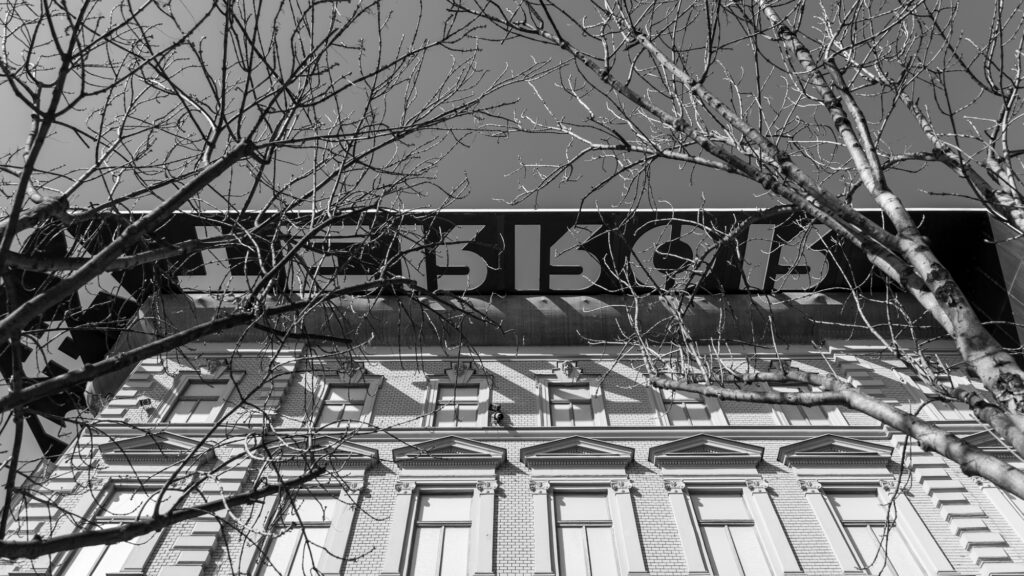
The House of Terror tells of its historical period as the ‘House of Loyalty’, in which Hungary, part of the Axis powers, conceived torture and deportations of its Jewish citizens before giving way, after the lost war and occupation, to Stalin’s troops.
On the Wall surrounding a wreck of a T-55 tank, dimly lit are the faces of the tens of thousands of victims of communist barbarism, of the surveillance society imposed by the Soviets.
The only glimmer of hope occurred in 1956, when the ‘Buda boys’ rebelled against oppression, existing for about a week before the arrival of Soviet tanks.
For a few days, the Hungarian flags towered imperiously without the communist emblem in the centre, before suffering the fury of the occupiers, which became, in retaliation, of unprecedented violence.
A few years later, in the circles of the Italian right, the singer-songwriter Pierfrancesco Pingitore wrote a song to honour the sacrifice of a generation of fearless people who did not want to resign themselves to decline: ‘Avanti ragazzi di Buda… Sei giorni, sei notti di gloria durò questa nostra vittoria; al settimo sono arrivati i russi con i carri armati. I carri ci schiaccian le ossa, nessuno ci viene in aiuto. Sull’orlo della nostra fossa il mondo è rimasto seduto. Ragazza non dire a mia madre che io morirò questa sera; ma dille che vado in montagna e che tornerò in primavera…’
There was no Spring for another four decades, before the Giant with Feet of Clay finally collapsed, allowing Eastern European countries to regain centuries of history, freedom and their human capital.
In the House of Terror, even the lighting and sound system are an integral part of a slow descent into the abyss, from the upper floors where history and brutality intertwine to the basement, where the instruments of torture and the walls of the claustrophobic cells faithfully reconstructed still seem to hold back the laments of those who perished.
There are some specific rooms to make emblematic the necessary moral equivalence of the crimes of the two regimes.
‘Here, all sound ceases; one remains in religious silence in the face of responsibility and the power of judgment’
The first, renamed ‘transformism’, features a rotating base displaying the two uniforms of the regimes. The first, of the Arrow Cross, the second of the Soviet senior leaders. It is a subtle and bitter metaphor that summarizes the cowardice and hypocrisies of those who discarded one uniform for another, without any hesitation or morality. Even the losers of the Arrow Cross, humiliated by the enemy in battle, had preferred to join the victors, continuing to remain unpunished in their crimes.
But if Hungary does not forget, the second of the rooms that will leave profound food for thought with patrons is undoubtedly the last. Here, all sound ceases; one remains in religious silence in the face of responsibility and the power of judgment.
‘The wall of criminals’ collects the faces of the torturers of both regimes: from those who had directly participated in the formation or support of organizations to those who had held positions of direct responsibility in perpetrating war crimes, against humanity and, above all, against the integrity of the Hungarian nation.
‘The acts they may have carried out before or later in their lives do not exonerate them from their responsibility for what happened’—reads the only information sign, lapidary.
The visit, which began in silence, ends in silence. A silence to which the pride of so many peoples of the East has never bowed.
The House of Terror emphasizes how history must be a teacher of life, and it must be read with an awareness: one cannot be or choose to be more or less of a murderer.
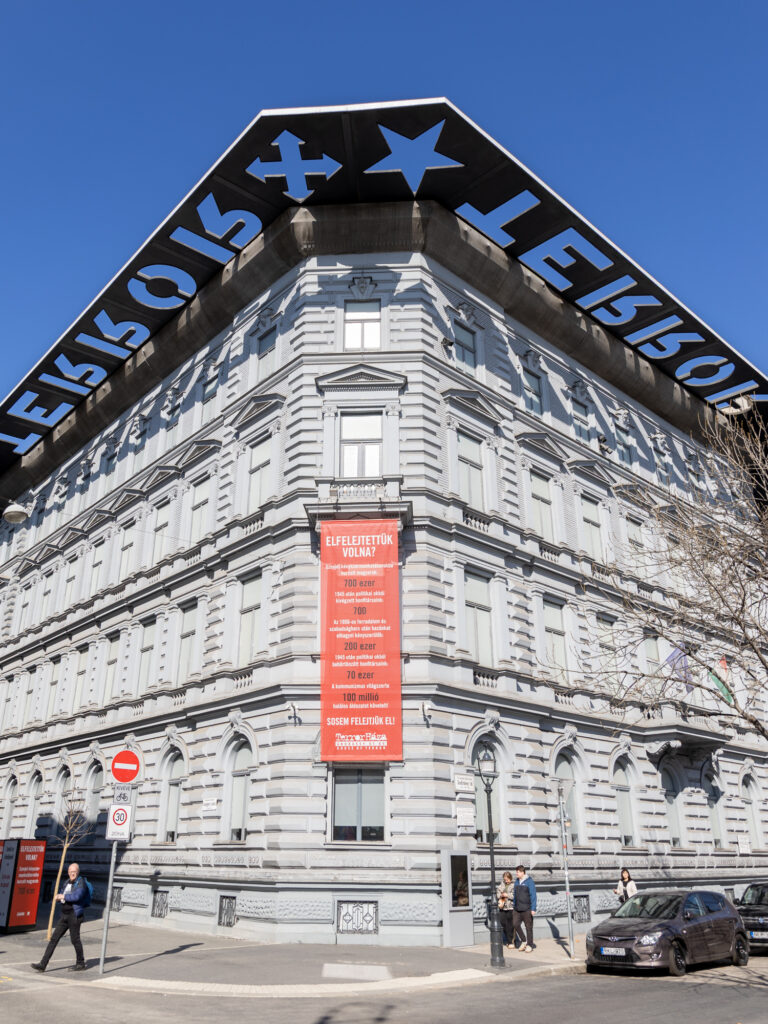
The equating of crimes perpetrated in the name of charismatic leaders, forms of supremacism and total devotion to the homeland and the single party must be condemned in the same way.
The distorted deification of communism, especially in Western Europe, has buried in hypocrisy the blood, violence and oppression that Eastern Europe has experienced for decades.
A fault for which the Western ‘red leaders’ must also be blamed, including the Italian ones, above all, Palmiro Togliatti.
In fact, post-World War II Italy could count on a strategic position between the two blocs and on the stronger Western Communist Party. This made its top management particularly esteemed and linked to the directives of the Soviet giant.
Togliatti was firm in condemning the riots in Poznan and Budapest in 1956, in voting in favour of the death penalty against Hungarian President Nagy and Captain Maleter, feeling satisfaction in the brutal repression that would take place on Soviet soil following the riots, for which he urged an intransigent and immediate armed intervention (as proven by documents published since 1986 thanks to the French historian François Fejto).
Just one of the many skeletons in the closet of the global left and the heirs of the communist tradition, today self-styled champions of freedom and guardians of a fragmentary and politically correct reading of history.
Hungary is the only country in the European Union to have certified with a museum the fair and necessary equivalence between Nazi and Communist crimes. A virtuous unicum in respect for the victims and in the clear identification of the perpetrators, even the most unthinkable. An antidote to history written by the hypocrisies of winners and often veiled in omissions. As Aleksandr Isaevič Solzhenitsyn said: ‘The deeper we go into the past, the fewer survivors there are; oral tradition is silent, memory is lost in darkness…’
Related articles:


